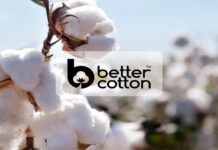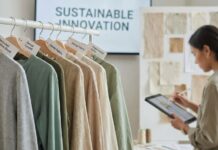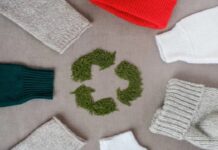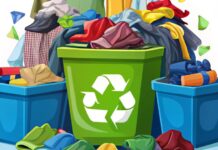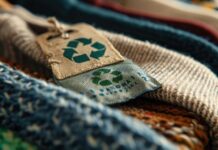The American Apparel & Footwear Association (AAFA) has called upon the Office of the United States Trade Representative (USTR) to enhance predictability in tariff policies and address unfair trade practices detrimental to the U.S. apparel sector.
This appeal was made in response to USTR’s request for comments regarding the upcoming 2026 National Trade Estimate (NTE) Report on Foreign Trade Barriers.
Audrey Clark, a specialist in trade and transportation for AAFA, submitted the recommendations, advocating for a non-stacking tariff model similar to those used by Japan and the European Union. Additionally, she urged the removal of tariffs on manufacturing inputs and machinery, as well as the elimination of tariffs on products that qualify under free trade agreements (FTAs).
Clark emphasized the need for any new measures to be implemented with sufficient lead time, allowing enforcement agencies and supply chains to adjust adequately.
“We believe these reforms, paired with the administration’s strong enforcement posture, will help ensure a more resilient, fair, and forward-looking trade environment for the U.S. apparel sector,” she stated.
In her submission, Clark identified several existing tariff programs that contribute to uncertainty in sourcing and planning, including Section 301 tariffs on China and proposed Section 301 tariffs on Nicaragua. She also noted proposed Section 232 tariffs on personal protective equipment and travel goods deemed derivatives of steel and aluminum, along with tariffs implemented under the International Emergency Economic Powers Act (IEEPA), which affect global trade while specifically targeting countries like China, Canada, Mexico, India, and Brazil.
The submission emphasized the U.S. apparel sector’s dependence on international trade, highlighting that approximately 97% of clothing and footwear purchased in the U.S. is imported, and about 95% of consumers of apparel and footwear reside outside of its borders.
The AAFA stated that barriers such as tariffs, quotas, and local regulations not only increase costs but also slow sales, cause delays, and lead to job losses.
It is estimated that 70–75% of the value of U.S. imported apparel comes from American-added value in areas like design, marketing, compliance, logistics, and retail. AAFA suggests that this statistic is likely similar for footwear and travel goods and estimates that around 3.6 million American jobs in the apparel sector will depend on these value chains in 2025.
The submission also drew attention to domestic tariff policy, reporting that the trade-weighted average tariff rates for 2024 included 14.9% for knit apparel, 14.29% for woven apparel, 12.25% for footwear, 8.7% for home textiles, and 13.85% for travel goods, as opposed to an overall average trade-weighted tariff rate of about 2.35% in 2024.
The AAFA reported that duties collected on imports of apparel, footwear, textiles, and travel goods surpassed $18.3 billion in 2024. Moreover, the apparel sector accounted for roughly 4.78% of all U.S. imports by value and represented 25.70% of all duties collected by Customs.
The AAFA plans to continue gathering information from its members about barriers affecting exports and to relay that information to the USTR and other relevant agencies for further evaluation.







